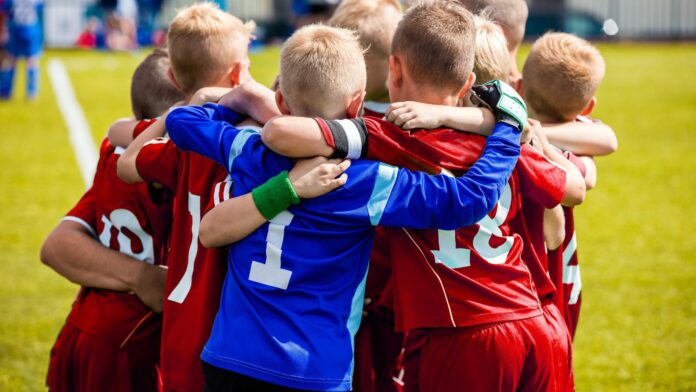Physical Education (PE) is an essential part of a well-rounded education, promoting physical fitness and overall well-being. However, it is crucial to understand what activities should take place during PE classes to maximize their effectiveness. In this article, I will explore which of the following activities should be incorporated into PE sessions to ensure students receive the maximum benefits.
Which of the Following Should Take Place During Periodic Site Visits?
Physical Education (PE) plays a crucial role in promoting overall health and well-being. It is not just about engaging in physical activities, but also about developing essential skills and knowledge that can benefit individuals throughout their lives. Here are a few reasons why PE is so important:
- Physical Fitness: PE classes provide opportunities for students to engage in various physical activities, such as running, swimming, and playing team sports. These activities help improve cardiovascular fitness, build muscular strength and endurance, and enhance flexibility. Regular participation in PE can lead to a healthier lifestyle and reduce the risk of chronic diseases like obesity, diabetes, and heart disease.
- Motor Skills Development: PE helps children and adolescents develop fundamental motor skills, such as running, jumping, throwing, and catching. These skills are essential for participating in sports and recreational activities, as well as for everyday tasks. Through structured PE classes, students can improve their coordination, balance, and agility, which are important for overall physical performance.
- Cognitive Development: Research has shown that regular physical activity can have positive effects on cognitive function and academic performance. PE provides a break from the traditional classroom setting and allows students to engage in physical movement, which can improve focus, attention, and memory. It also promotes critical thinking, problem-solving, and decision-making skills, as students learn to strategize and work as part of a team.
- Social and Emotional Well-being: PE classes offer opportunities for students to interact with their peers, collaborate, and develop social skills. Through team sports and group activities, students learn important values such as teamwork, leadership, communication, and sportsmanship. Physical activity also helps reduce stress, improve mood, and boost self-esteem, contributing to overall emotional well-being.
Physical Education is not just about physical fitness, but also about promoting overall health, developing motor skills, enhancing cognitive function, and fostering social and emotional well-being. By incorporating PE into the education curriculum, schools can help students lead healthier, happier, and more productive lives.
Benefits of Physical Education
Physical Education (PE) offers numerous benefits for students of all ages. Here are some key advantages of incorporating PE into the curriculum:
1. Promotes Physical Fitness and Health
Regular participation in PE classes helps students improve their overall physical fitness and health. It allows them to engage in various physical activities, such as running, jumping, and playing sports, which contribute to cardiovascular fitness, muscular strength and endurance, and flexibility. By promoting an active lifestyle from a young age, PE sets the foundation for a healthy and fit future.
2. Develops Motor Skills
PE classes provide a platform for children and adolescents to develop fundamental motor skills, such as running, jumping, throwing, and catching. These skills are essential for their physical development and coordination. Through structured activities and games, PE helps students refine their motor skills, enhancing their agility and control over their bodies.
3. Enhances Cognitive Function
Research has shown that regular physical activity, including participation in PE, has a positive impact on cognitive function. Physical activity increases blood flow and oxygen to the brain, which improves concentration, memory, and academic performance. PE classes not only stimulate the body but also the mind, creating an optimal environment for learning and cognitive development.
4. Fosters Social Interaction and Collaboration
PE classes offer valuable opportunities for students to interact with their peers and develop social skills. Through team sports, group activities, and cooperative learning, students learn important values such as teamwork, sportsmanship, and respect for others. PE promotes a sense of community and belonging, fostering positive relationships and social development.
5. Boosts Emotional Well-being
Engaging in physical activity through PE classes has been linked to improved mental health and emotional well-being. Exercise releases endorphins, which are natural mood-enhancing chemicals in the brain. PE provides a platform for students to release stress, improve their self-esteem, and develop a positive body image. It helps them develop resilience and cope with challenges, leading to overall emotional well-being.
Incorporating PE into the education curriculum has a multitude of benefits for students. From physical fitness and motor skills development to cognitive function and emotional well-being, PE plays a crucial role in promoting the holistic development of students.



